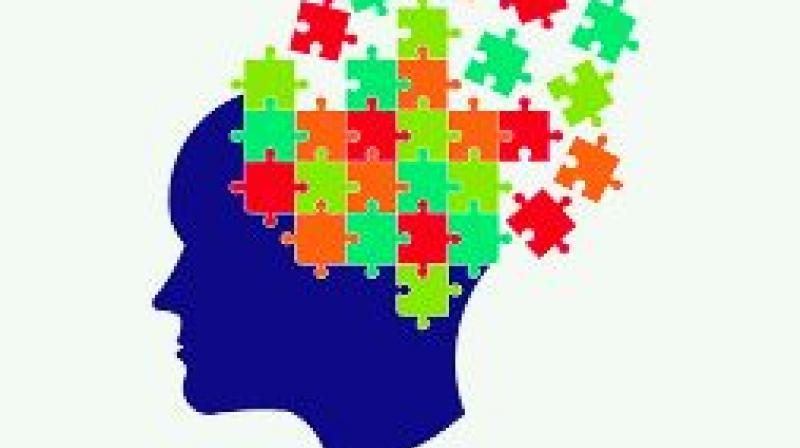1 in 68 diagnosed with autism in India
One million individuals were diagnosed with autism in India in 2017. 1 in 68 children in the country suffers from the condition.

Hyderabad: One million individuals were diagnosed with autism in India in 2017. 1 in 68 children in the country suffers from the condition. Yet, its cause is poorly understood.
Autism is a complex neurological condition for which several environmental and genetic causes have been proposed, but its exact aetiology remains a mystery.
Experts state that 20 per cent of the cases are caused by genetic conditions such as Down syndrome, Fragile X syndrome and tuberous sclerosis. The remaining 80 per cent are caused by environmental factors, genetics, or other reasons that are yet to be discovered.
Dr Naeem Sadiq, a senior neurologist, says, “Autism can manifest with or without intellectual impairment and language impairment. It may be caused by complications at birth, maternal nutrition at conception, and exposure to chemicals. It can also be associated with some mental and psychological disorders. According to recent research, there could be autism genes that play a role in the development of the disorder. There are many theories, but it is difficult to pinpoint a single cause.”
Symptoms of the condition usually surface at around 12 to 13 months of age. Sometimes, they appear after 18 months. Cases have been recorded in which children develop normally until 1.5 years of age and then start regressing.
Dr C.H. Mohan Rao, a senior consultant neuro-physician at Apollo Hospitals, says, “In children with Down syndrome, Fragile X syndrome and tuberous sclerosis, the severity of the pre-existing condition makes it difficult to see any major improvement. But, if children with less severe conditions are brought to clinics on time, then therapy can help them improve their social relationships and their performance in school. Medication can also help treat irritability, aggression, hyperactivity, anxiety, depression and repetitive behaviours.”
Language skills are improved through speech and talk therapy. Autism itself does not have an impact on life expectancy. However, studies have shown that the mortality rate among people with autism is twice that of the general population. The reasons for this are accidents caused by co-morbid conditions such as epilepsy, attention deficiency syndrome, and depression.
It is important for people to change their attitude towards persons with autism. It is also important to work towards treating the condition rather than allowing people to live with it in silence.
Stem cell therapy show positive results
While occupational therapies like sensory integrative therapy, play-based training and social skill training have been used as effective forms of treatment for mild cases of autism for several years, cognitive therapies and stem cell therapies have produced promising results in the recent past. Over the last decade, treatment time has been reduced to as little as three to six months through the use of stem cell therapy, which produces quick, complex, and long-lasting results.
However, in more severe forms of the condition, which can be degenerative in nature, treatment remains a challenge. In urban areas, children with autism are diagnosed early, and so they begin receiving treatment early. In rural areas, children are diagnosed as late as at the age of nine.
Dr Rama Krishna, a neurologist, says, “In rural areas parents go to quacks, or even religious and spiritual leaders, seeking solutions to their medical problem. A lot of time is lost and by the time they come to a medical centre, it is too late. Detection in these areas continues to be a challenge.”

